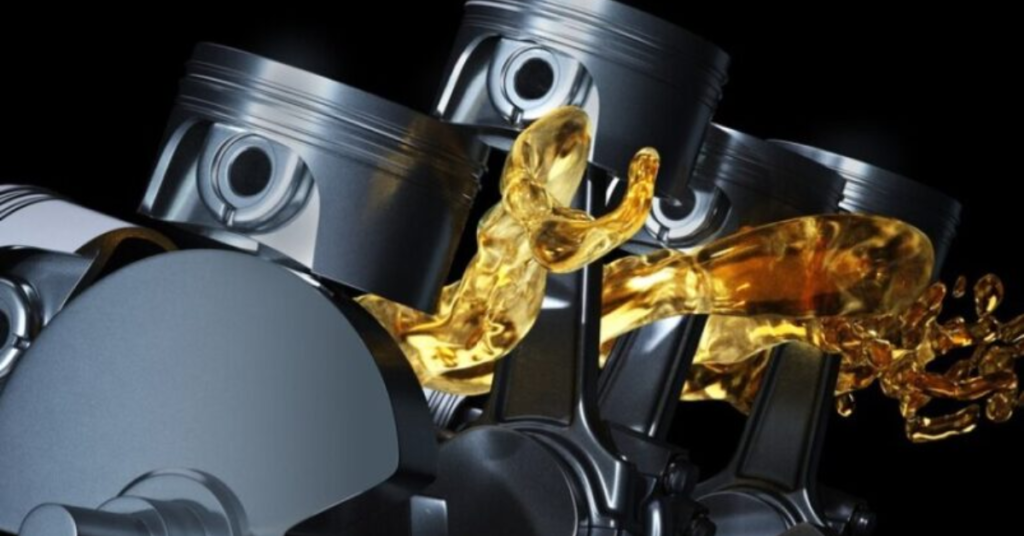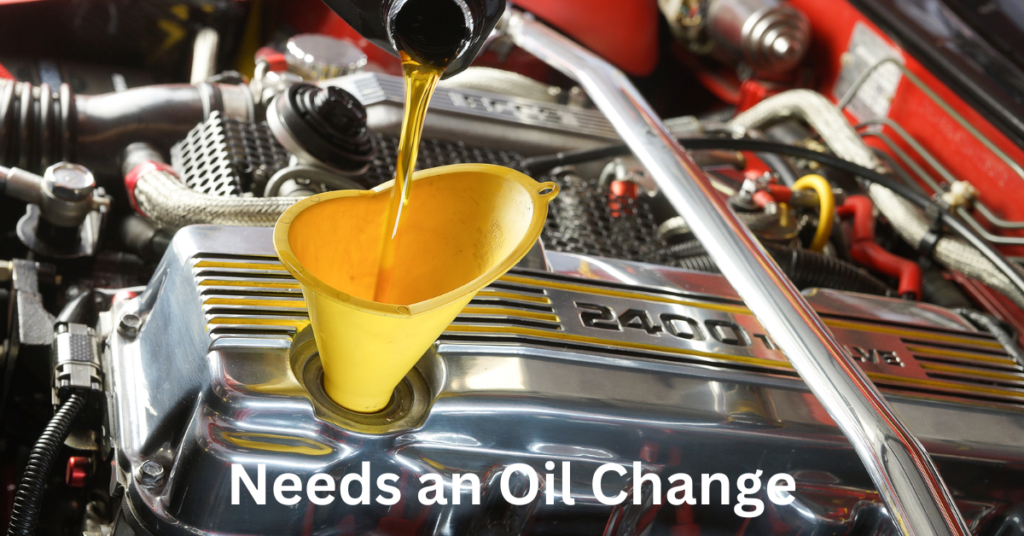Engine oil is the lifeblood of your car—without it, your engine would quickly overheat, seize, and fail. Yet, many drivers neglect oil changes until it’s too late. According to a AAA study, 35% of drivers delay oil changes longer than recommended, risking major engine damage.
How do you know when it’s time for fresh oil? Waiting for your dashboard light isn’t always enough. In this guide, we’ll cover the top 5 warning signs that your car desperately needs an oil change—so you can avoid costly repairs and keep your engine running smoothly.
1. Dark, Dirty, or Gritty Oil

Fresh engine oil is amber-colored and slightly translucent. Over time, it darkens as it collects dirt, metal particles, and combustion byproducts.
✅ Check your oil monthly:
- Pull the dipstick, wipe it clean, and reinsert.
- If the oil looks black, sludgy, or gritty, it’s time for a change.
“Dirty oil loses its lubricating properties, increasing engine wear by up to 50%.” – Car Care Council
2. Loud Engine Noises (Knocking or Rumbling)
Oil acts as a protective barrier between moving engine parts. When it breaks down:
- Metal grinds against metal, causing knocking, ticking, or rumbling.
- Increased friction can lead to permanent engine damage.
🔧 Solution: Change the oil immediately and listen for improvements.
3. Oil Smell Inside the Cabin
If you notice a burnt oil smell while driving:
- It could mean oil is leaking onto hot engine parts.
- In severe cases, it may indicate low oil levels causing overheating.
⚠️ Pull over safely and check your oil level. If it’s low, top it off and schedule an oil change ASAP.
4. Decreased Fuel Efficiency
Thick, old oil forces your engine to work harder, reducing:
- Gas mileage (up to 2% loss in fuel economy, per the EPA).
- Engine responsiveness.
📉 Track your MPG: A sudden drop could signal overdue maintenance.
5. Illuminated Oil Warning Light
Your car’s oil pressure light means:
- Oil levels are critically low.
- Pressure is too weak to lubricate the engine properly.
🚨 Never ignore this light! Stop driving and check/add oil immediately to avoid engine failure.
FAQs: Oil Change Questions Answered
1. How often should I change my oil?
Most cars need an oil change every 5,000–7,500 miles (check your owner’s manual). Some synthetic oils last up to 10,000 miles.
2. Can I just top off the oil instead of changing it?
No—topping off doesn’t remove contaminants. Always replace old oil with fresh oil and a new filter.
3. What happens if I wait too long for an oil change?
Sludge buildup can clog the engine, leading to reduced performance, overheating, or complete engine failure.
4. Does synthetic oil last longer than conventional oil?
Yes—synthetic oil resists breakdown better and can last 50% longer in some cases.
5. Why is my oil level dropping between changes?
Possible causes:
- Burning oil (blue exhaust smoke).
- Leaks (check for spots under your car).
6. Can I change my oil myself?
Yes! With basic tools, a drain pan, and the right oil/filter, a DIY oil change can save money. Just dispose of old oil properly.
Ignoring oil changes is one of the fastest ways to destroy your engine. By watching for these 5 key signs—dark oil, engine noise, oil smells, poor MPG, and warning lights—you can stay ahead of problems.
Don’t wait until it’s too late! Stick to your car’s recommended oil change schedule, and if you notice any of these red flags, act fast. Your engine (and wallet) will thank you.
Need an oil change? Book an appointment with a trusted mechanic today! 🚗💨
- Oil change signs
- When to change engine oil
- Dirty oil symptoms
- Low oil warning
- Synthetic vs. conventional oil

